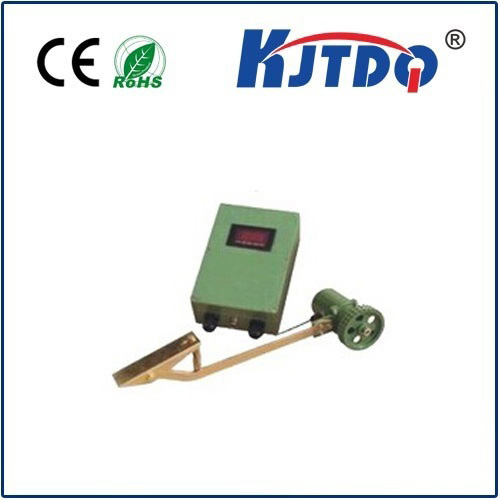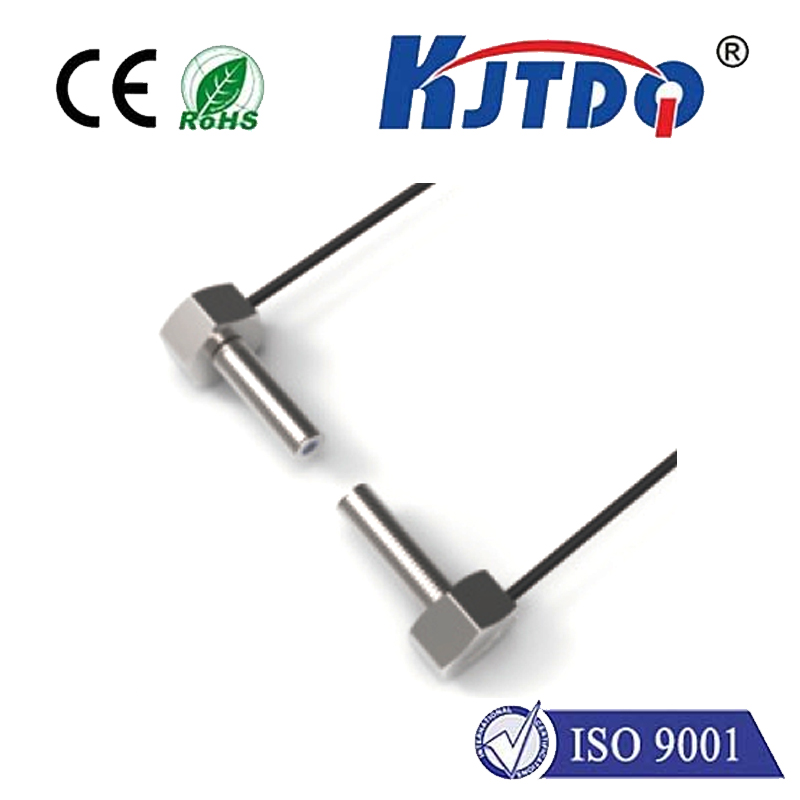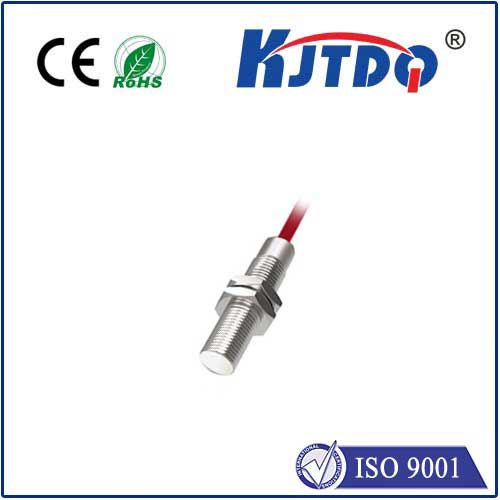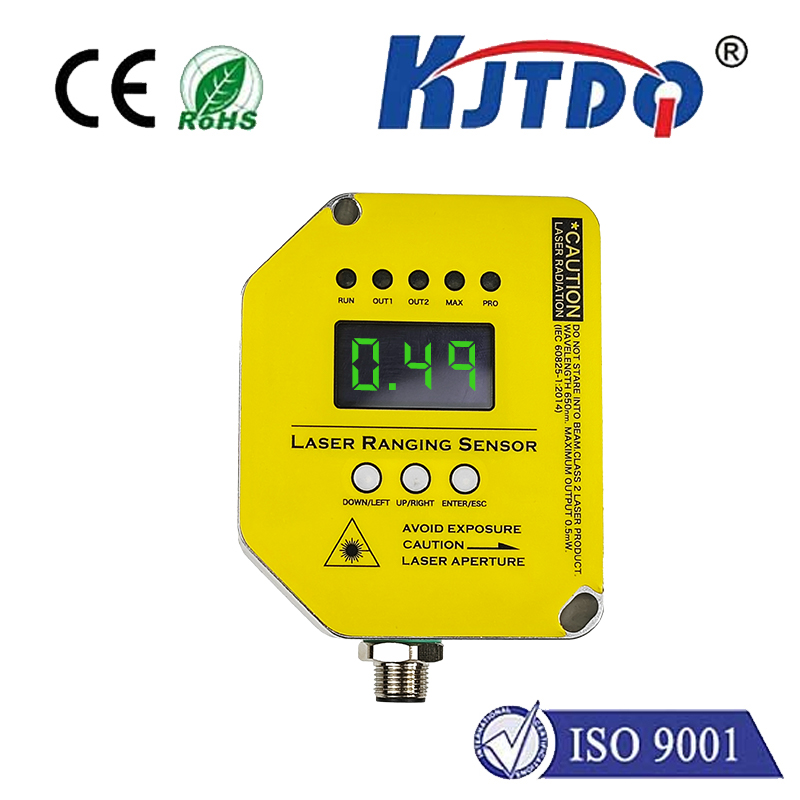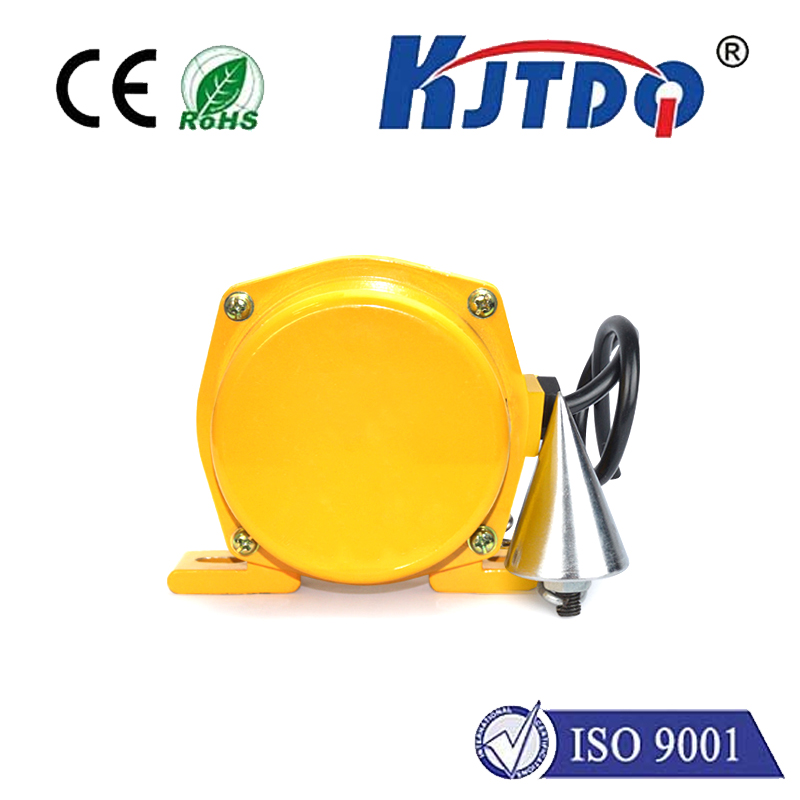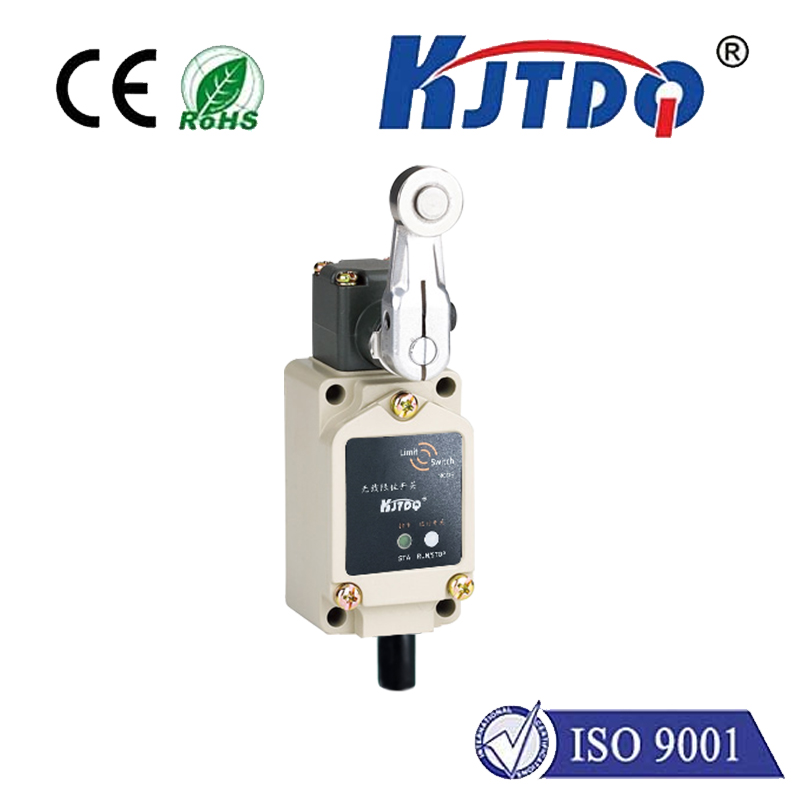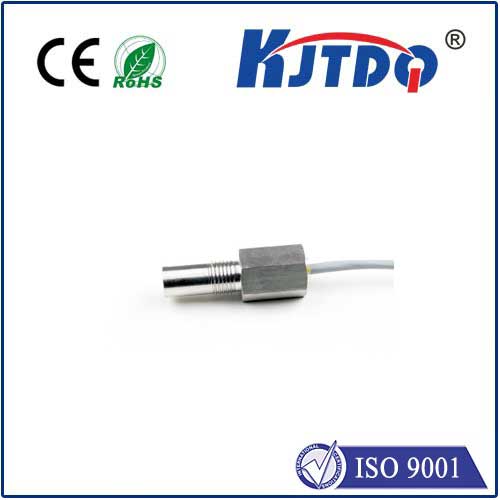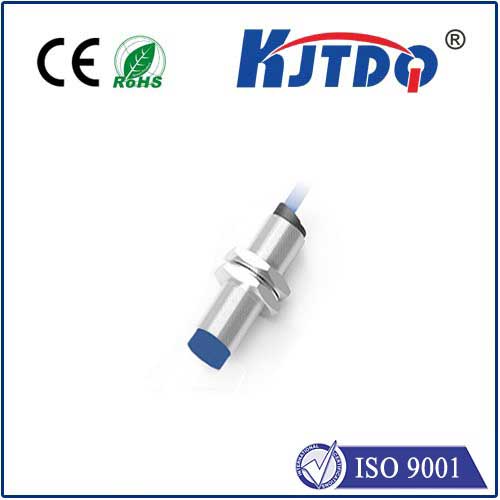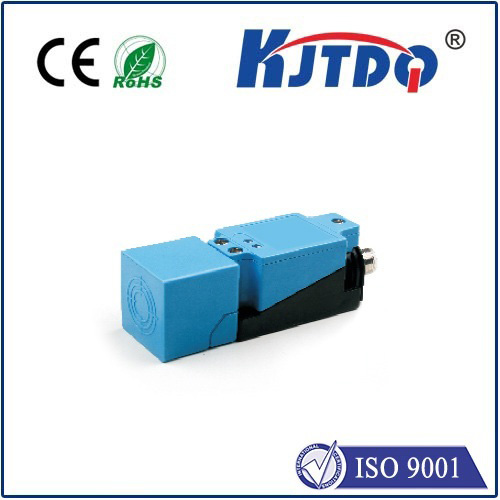digital temperature indicator
- time:2025-08-23 01:16:11
- Click:0
The Digital Temperature Indicator: Precision and Reliability in Industrial Environments
Temperature is a critical parameter across countless industrial processes – from optimizing chemical reactions to ensuring food safety and maintaining equipment health. Accurate, real-time monitoring isn’t just beneficial; it’s often imperative for quality, safety, and efficiency. While traditional methods like mercury thermometers have served a purpose, the modern industrial landscape demands more. Enter the indispensable digital temperature indicator: a tool delivering unparalleled precision, swift response, and robust reliability tailored for demanding environments. This shift represents far more than a simple display upgrade; it’s a fundamental enhancement in process control and insight.
Understanding the Core Functionality
At its heart, a digital temperature indicator is a sophisticated instrument designed to accept input from various temperature sensors or probes (like thermocouples, RTDs, or thermistors). It converts the often minute electrical signals generated by these sensors into a direct, easy-to-interpret numerical temperature reading, displayed instantly on an LCD or LED screen. Unlike mercury thermometers, these devices eliminate parallax errors and offer vastly superior resolution. The elimination of guesswork in reading values is a primary advantage, fostering consistency and reducing human error significantly. Modern temperature indicators frequently incorporate features like programmable setpoints for alarms (visual or audible), data logging capabilities to record trends over time, and options for remote communication (analog outputs, digital protocols like RS-485 or Ethernet) for integration into larger SCADA or Building Management Systems (BMS).

Where Digital Temperature Indicators Excel: Key Applications
The versatility of digital temperature indicators makes them ubiquitous across numerous sectors:
- Manufacturing & Process Industries: Crucial for monitoring temperatures in ovens, furnaces, reactors, extrusion lines, heat treatment baths, and plating tanks. Precise temperature control directly impacts product consistency, energy efficiency, and material properties.
- HVAC & Refrigeration: Monitoring supply/return air temperatures, chiller performance, freezer/cooler conditions, and hot water systems ensures optimal climate control, energy savings, and critical food/medical product preservation.
- Laboratory & Research: Essential for incubators, environmental chambers, sterilizers (autoclaves), water baths, and climate-controlled testing areas where precision temperature measurement is non-negotiable for experiment integrity.
- Energy & Power Generation: Monitoring bearing temperatures in turbines, transformer oil temperatures, cooling water circuits, and exhaust gases to prevent catastrophic failure and optimize operational efficiency.
- Food & Beverage Processing: From pasteurization and cooking to chilling, freezing, and storage, maintaining strict temperature profiles is vital for safety (preventing pathogen growth) and preserving product quality.
- Building Automation: Monitoring boiler temperatures, domestic hot water loops, and key equipment room environments within large facilities.
Selecting the Right Digital Temperature Indicator
Choosing the optimal device requires careful consideration of several critical factors:
- Sensor Compatibility: Does it support the specific thermocouple type (J, K, T, etc.) or RTD (Pt100, Pt1000) you require? Compatibility is fundamental; using an incompatible sensor can lead to grossly inaccurate readings.
- Accuracy & Resolution: What level of precision is necessary for your application? Accuracy (e.g., ±0.1°C, ±0.2% of reading) and resolution (the smallest change it can display, e.g., 0.1°C) are paramount specifications. Look for devices with traceable calibration certificates for critical applications.
- Display & User Interface: Consider the size, readability (backlighting is often crucial), and the ease of navigating any configuration menus. Mounting position and ambient light conditions influence this choice. Key parameters like peak hold, valley hold, and rate-of-change display can be invaluable diagnostics tools.
- Environmental Rating: Durability is key for industrial settings. Ensure the indicator’s enclosure offers adequate IP (Ingress Protection) rating against dust and moisture, and consider the operational temperature range. Look for rugged construction where shock and vibration resistance is needed.
- Additional Features: Determine essential extras – Do you need programmable high/low alarms? Is data logging required? Does it need analog outputs (4-20mA, 0-10V) or digital communication outputs for system integration? Consider AC or DC power requirements or battery operation.
- Calibration Services: Factor in long-term reliability. Choose a supplier offering accessible calibration services to maintain the instrument’s traceable accuracy over its lifespan, which is critical for quality control and regulatory compliance. Ensure a clear, defined calibration schedule is established.
Ensuring Long-Term Performance and Reliability
Investing in a quality digital temperature indicator is just the first step. Maximizing its lifespan and ensuring ongoing accuracy demands proper care:
- Regular Calibration: Periodic calibration against a known standard traceable to national standards (NIST, etc.) is essential to verify accuracy and detect drift. Adhere strictly to the calibration schedule recommended by the manufacturer or based on application criticality and environmental conditions. Don’t underestimate the importance of documented calibration certificates for audits and quality assurance.
- Sensor Maintenance: Temperature sensors are the frontline. Regularly inspect probe sheaths and wiring for physical damage, corrosion, or kinks. Replacing a damaged probe is far less costly than inaccurate readings causing process deviations or product loss. Ensure sensors are suitable for the specific media and temperature range they encounter.
- Environmental Protection: Protect the indicator itself from excessive dust, moisture, corrosive atmospheres, or extreme temperature swings beyond its specified operating range. Proper mounting location and utilizing protective enclosures if necessary are crucial. Verify the installed IP rating is sufficient for the actual environment.
The transition from analog to digital temperature indicators signifies a move towards superior process control, enhanced safety, and demonstrable operational efficiency. By delivering immediate, unambiguous readings with high precision and reliability, these instruments empower operators and engineers to make informed decisions instantly. Whether ensuring the correct curing temperature for composite materials, maintaining critical cold chain integrity, or preventing overheating in vital machinery, the digital temperature indicator is a fundamental pillar of modern industrial monitoring and control. Choosing the right instrument for the job, configuring it correctly, and committing to diligent calibration and maintenance unlocks its full potential, driving consistent quality and operational excellence.












